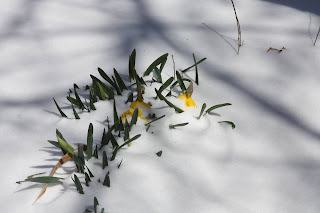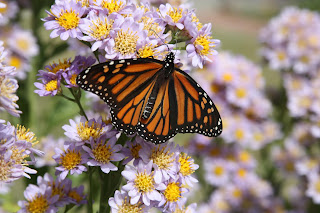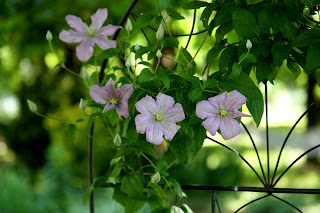Houseplants for Low Light Indoors

Indoor plants are a rewarding hobby whether they are grown to be used as room dividers, cheerful decorations, or to reduce inside air pollution. Some plant varieties sold as houseplants thrive indoors only if you give them plenty of care, such as daily misting or if the live in a terrarium, under a glass cloche or inside a glass house called a Ward. Those plants make excellent hobbies, too, but only if you enjoy providing daily plant care (See https://bit.ly/2CvBmlz for more information.) Since the appearance of a houseplant is the main reason to have it around, shop for plants in person rather than on the Internet. Look for insect-free, healthy leaves and notice their environment. Are they under grow lights, protected from direct sun or in filtered sunlight? Office plants have to be especially tough since they are abandoned on weekends, watered by everyone or no one, receive minimal light, breezes from heat and air conditioning, and have to survive variable room tempe














